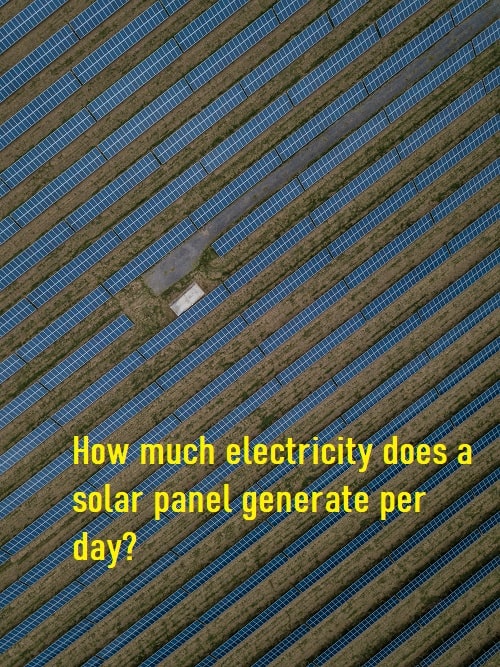Seraphim, one of the leading solar module manufacturers in the world, has announced the launch of their new 580 W TOPCon solar panels. The panels are touted to have an impressive efficiency rate of 22.45%, which is a remarkable achievement in the solar industry. This development is a significant breakthrough in the technology of photovoltaic cells, which generate electricity from sunlight.

In a statement released by Seraphim, the company said that their new solar panel design is equipped with the latest technology, making it more efficient and cost-effective. The TOPCon technology used in the panels allows for higher energy yields, enabling the panels to produce more power with less space. The company further added that their panels have undergone rigorous testing and are rated to withstand extreme weather conditions, making them suitable for a wide range of applications.
“We are excited to announce the launch of our new 580 W TOPCon solar panels, which are the result of years of research and development. With our latest technology, we are confident that our panels will help our customers achieve their renewable energy goals and contribute to a sustainable future,” said Polaris Li, CEO of Seraphim.
The new solar panels by Seraphim have set a new benchmark for efficiency in the industry. The average efficiency rate of solar panels available in the market is around 16-18%, while the previous generation of TOPCon panels had an efficiency rate of around 21%. Seraphim’s new panels have exceeded this benchmark by achieving an efficiency rate of 22.45%, making them one of the most efficient solar panels available in the market today.
This breakthrough in solar panel technology is not only significant for the industry but also for the environment. The increased efficiency rate means that less space is required to produce the same amount of energy, resulting in reduced land use and environmental impact. It also means that more energy can be produced using the same amount of resources, which could lead to a reduction in the cost of solar energy.
In conclusion, Seraphim’s new 580 W TOPCon solar panels with 22.45% efficiency are a significant development in the solar industry. The increased efficiency rate and advanced technology used in these panels are expected to contribute to the growth of renewable energy and the reduction of greenhouse gas emissions. As Polaris Li, CEO of Seraphim, stated, “With this latest development, we hope to lead the way in the solar industry and continue to innovate towards a sustainable future.”
References:
- Seraphim unveils 580 W TOPCon solar panels with 22.45% efficiency. (2022, February 17). PV Magazine. https://www.pv-magazine.com/2022/02/17/seraphim-unveils-580-w-topcon-solar-panels-with-22-45-efficiency/
- Seraphim launches world’s most efficient 580W TOPCon solar panel. (2022, February 16). Solar Power World. https://www.solarpowerworldonline.com/2022/02/seraphim-most-efficient-topcon-solar-panel/




